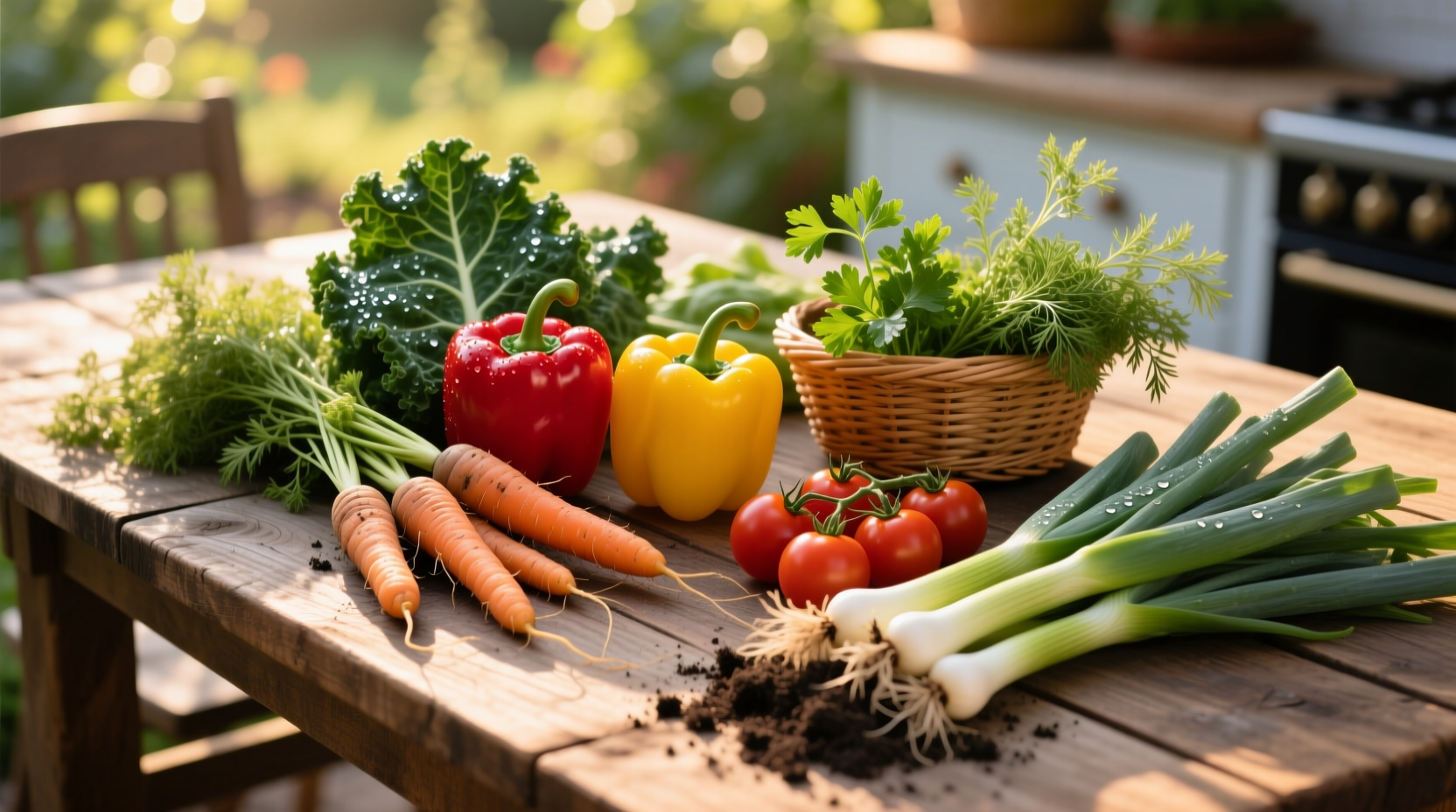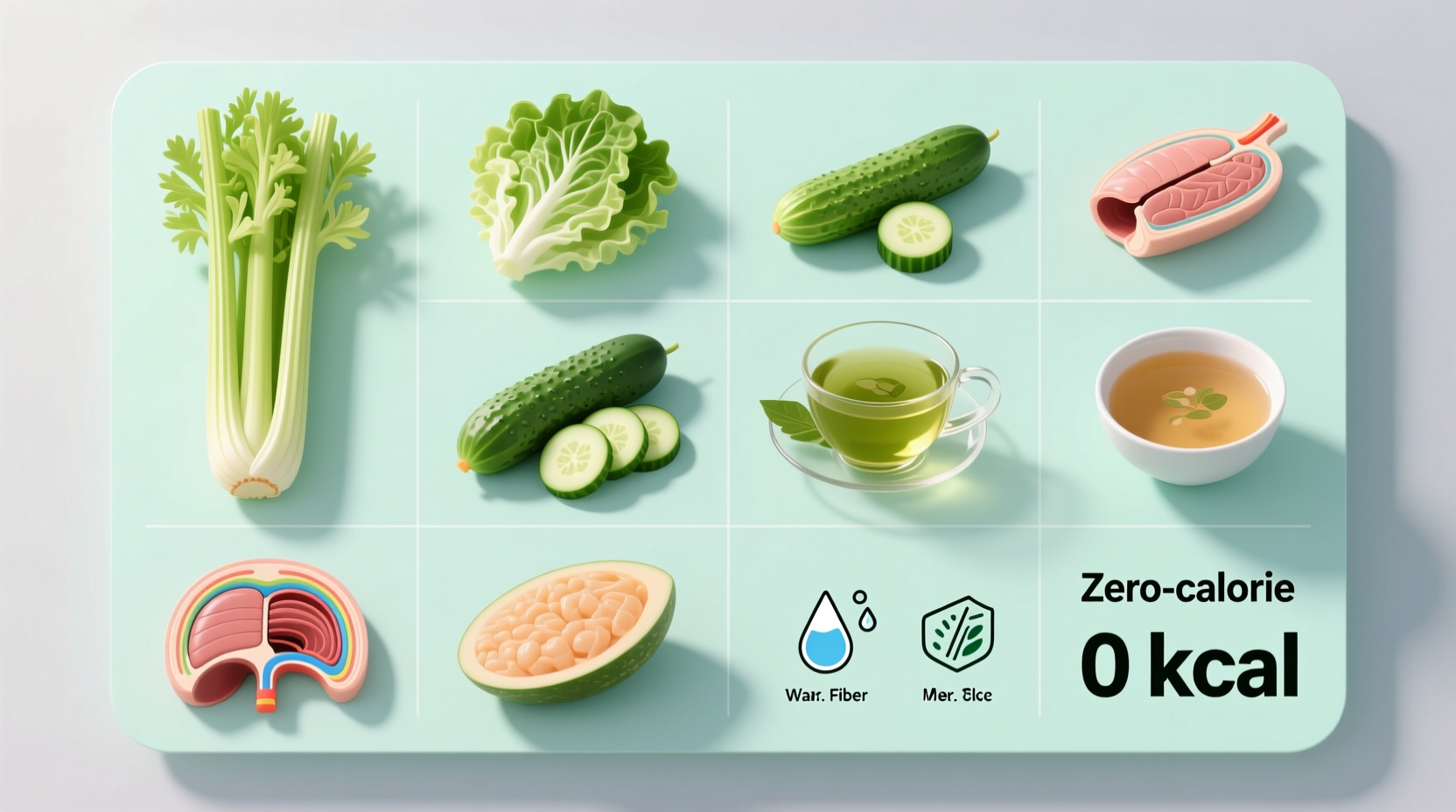Many people searching for "what foods have no calories" are hoping to find magic solutions for weight management. The truth is more nuanced but equally valuable. While the concept of true zero-calorie foods is a myth, understanding extremely low-calorie options can significantly support healthy eating habits when used appropriately.
The Reality of "Zero Calorie" Foods
When examining nutritional science, we find that all foods contain some energy value. Even water, often mistakenly called a zero-calorie food, contains trace minerals with negligible caloric content. The foods commonly labeled as "zero calorie" typically contain fewer than 5 calories per standard serving—so minimal that nutrition labels can legally round down to zero.
Nutrition experts emphasize that the so-called "negative calorie" effect—where digestion burns more calories than the food provides—is modest at best. However, these ultra-low-calorie foods remain valuable tools for weight management due to their high volume and nutrient density without significant energy contribution.
Science-Backed Low-Calorie Food Options
Based on USDA FoodData Central measurements, these foods deliver minimal calories while providing essential nutrients and satiety:
| Food | Calories per 100g | Water Content | Key Nutrients |
|---|---|---|---|
| Celery | 16 | 95% | Vitamin K, Potassium |
| Cucumber | 15 | 96% | Vitamin C, Magnesium |
| Lettuce (Romaine) | 17 | 95% | Vitamin A, Folate |
| Zucchini | 17 | 94% | Vitamin C, Manganese |
| Radishes | 16 | 95% | Vitamin C, Calcium |
Data source: USDA FoodData Central
Practical Applications for Healthy Eating
Understanding how to effectively incorporate these foods into your diet matters more than chasing mythical zero-calorie options. Registered dietitians recommend these evidence-based strategies:
- Volume eating technique: Fill half your plate with non-starchy vegetables before adding proteins and healthy fats
- Smart snacking: Replace 100-calorie snack packs with crunchy vegetable sticks and hummus
- Flavor enhancement: Use herbs like parsley and cilantro (just 1-2 calories per tablespoon) to add flavor without calories
- Hydration boost: Add cucumber or lemon slices to water for flavor without significant calories

Important Context and Limitations
While extremely low-calorie foods offer benefits, nutrition science reveals important boundaries to their effectiveness:
Research from the Harvard T.H. Chan School of Public Health indicates that relying solely on these foods without adequate protein and healthy fats can lead to muscle loss and metabolic slowdown. The thermic effect of food—the energy required for digestion—accounts for only about 10% of the calories consumed from carbohydrates and proteins.
Nutrition professionals emphasize that sustainable weight management requires a balanced approach. As the USDA Dietary Guidelines state, "No single food provides all the nutrients people need." Extremely low-calorie foods work best as part of a varied diet that includes adequate protein, healthy fats, and complex carbohydrates.
Maximizing Benefits Without Common Pitfalls
Many people make these mistakes when using low-calorie foods for weight management:
- Adding high-calorie dressings that negate the benefits
- Replacing too many nutrient-dense foods with only low-calorie options
- Expecting these foods alone to create significant weight loss
- Ignoring portion sizes even with low-calorie foods
Instead, focus on using these foods to increase meal volume while maintaining nutritional balance. For example, adding extra vegetables to stir-fries or omelets increases portion size without substantially increasing calories, helping you feel satisfied with less high-energy food.
Realistic Expectations for Weight Management
The most effective approach combines these low-calorie foods with other healthy habits:
- Maintain adequate protein intake (20-30g per meal) to preserve muscle mass
- Include healthy fats like avocado or olive oil in moderation
- Focus on whole, minimally processed foods whenever possible
- Combine dietary changes with regular physical activity
Remember that sustainable weight management happens through consistent, moderate changes rather than extreme restrictions. The National Institutes of Health emphasizes that losing 1-2 pounds per week through a modest calorie deficit represents a healthy, maintainable pace.
Frequently Asked Questions
Do any foods actually have zero calories?
No foods contain absolutely zero calories. Even water contains trace minerals with negligible energy value. Foods commonly called "zero calorie" typically contain fewer than 5 calories per serving, which nutrition labels can legally round down to zero. Celery, cucumbers, and lettuce provide 10-16 calories per 100g serving.
What's the truth about negative calorie foods?
The concept of negative calorie foods—where your body burns more calories digesting them than they provide—is exaggerated. While the thermic effect of food does require energy (about 10% of the food's calories for carbohydrates), no food creates a significant calorie deficit. However, very low-calorie foods like celery still support weight management by providing volume and nutrients with minimal energy.
Can I lose weight eating only zero calorie foods?
No, eating only extremely low-calorie foods would lead to nutritional deficiencies and potential health problems. Your body requires adequate protein, healthy fats, vitamins, and minerals for proper functioning. Sustainable weight loss comes from a balanced diet that includes moderate portions of nutrient-dense foods across all food groups, not extreme restriction of any single category.
Which vegetables have the lowest calories?
Celery (16 calories per 100g), cucumbers (15 calories), and lettuce (17 calories) rank among the lowest-calorie vegetables. Other excellent options include zucchini (17 calories), radishes (16 calories), and asparagus (20 calories). These foods provide high water content and fiber with minimal calories, making them valuable for weight management when used as part of a balanced diet.











 浙公网安备
33010002000092号
浙公网安备
33010002000092号 浙B2-20120091-4
浙B2-20120091-4